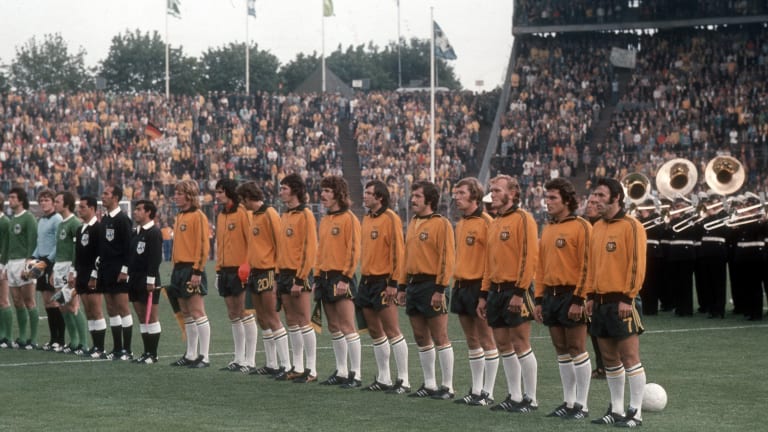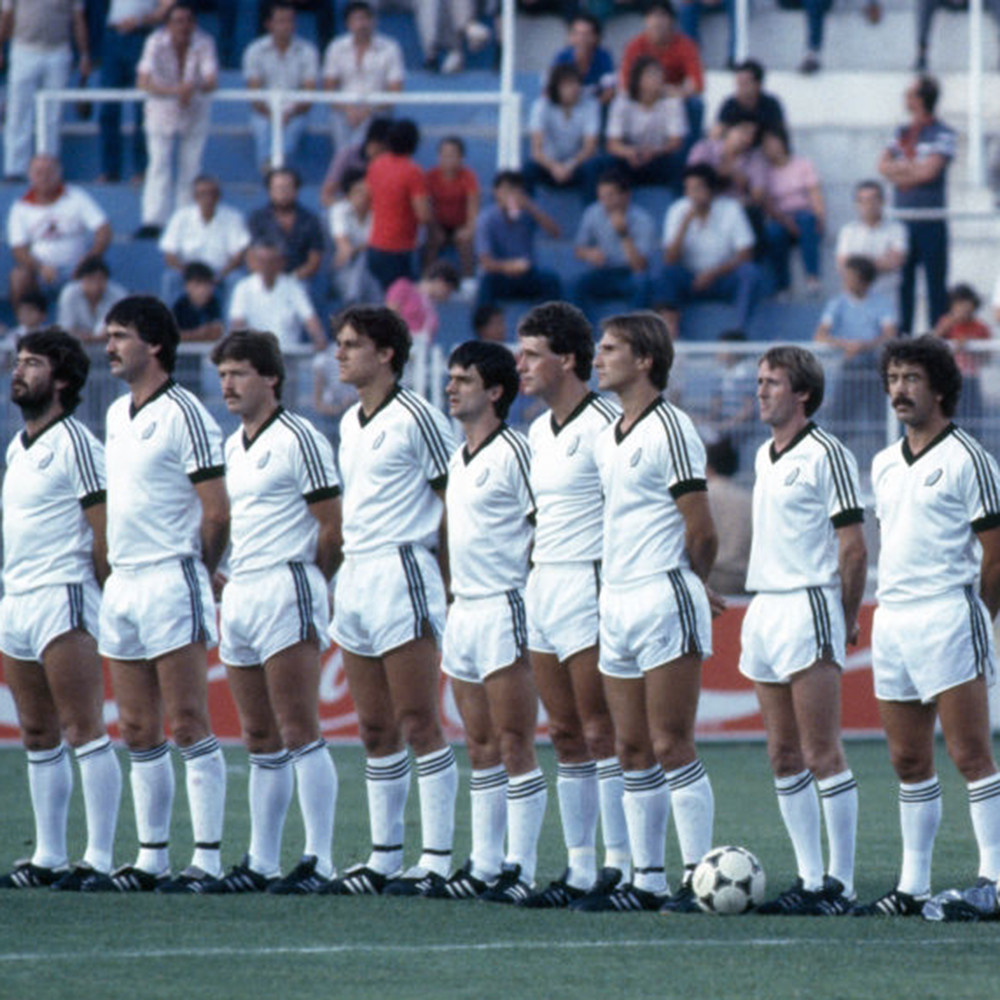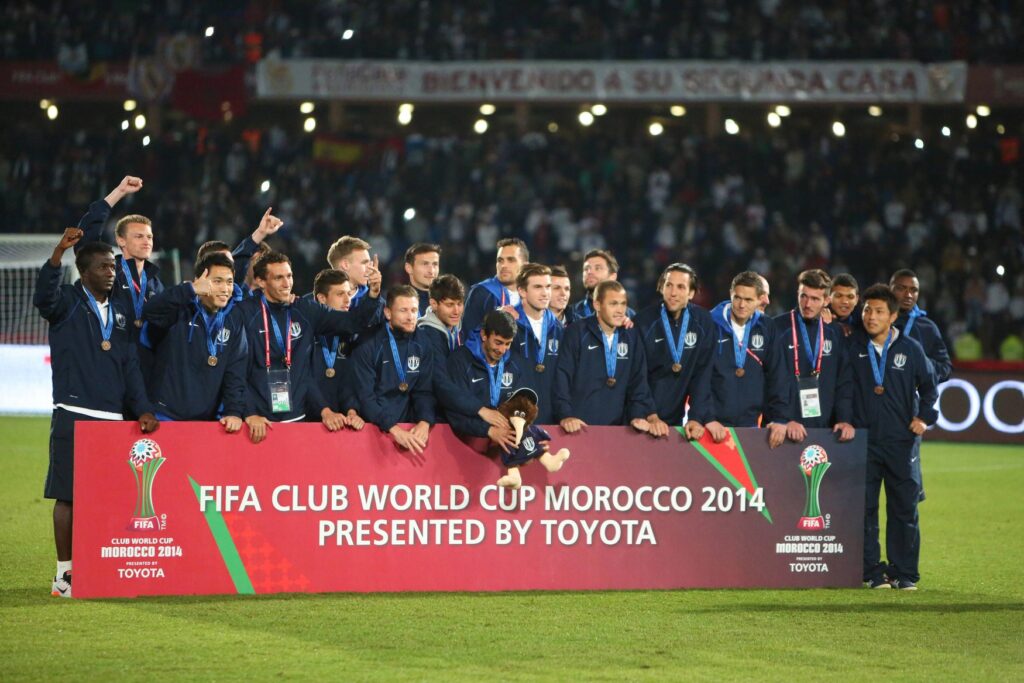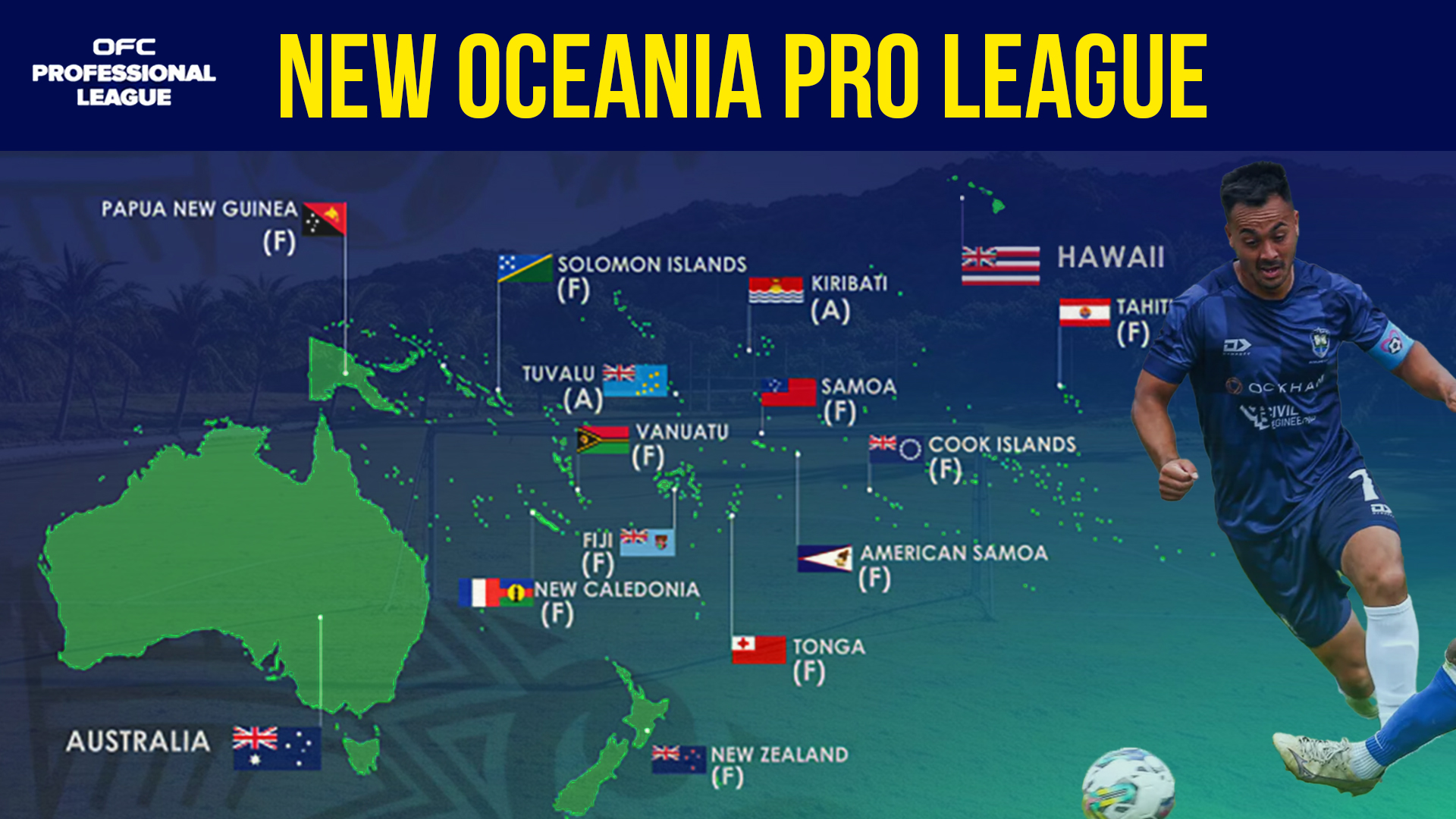Australia’s historic qualification for the 1974 FIFA World Cup marked a pivotal moment for football in Oceania. As the first team from the region to reach the global stage, Australia sparked hope across the Pacific, setting a high bar for footballing excellence.
Their success inspired other nations, most notably New Zealand, to push forward. Over time, these two nations became the leading forces in the region, shaping the early narrative of Oceanian football. But despite these promising beginnings, the road ahead proved difficult.
Limited resources, geographic isolation, and stiff global competition have meant that appearances at the World Cup remain rare for Oceanian teams. Now, however, a groundbreaking development is on the horizon: the OFC Professional League, set to launch in 2026.
Designed to foster local talent and establish a sustainable professional ecosystem, this league could be the game-changer Oceania has long needed. Here’s how it came to be—and what it could mean for the future of football in the Pacific.

The Early Days of Oceanian Football
Football’s roots in Oceania stretch back to the late 19th century, introduced by European settlers across both large territories like Australia and New Zealand and the scattered island nations of the Pacific.
While Australia and New Zealand quickly embraced the sport—establishing national associations and domestic leagues—many smaller nations struggled. Isolated by vast stretches of ocean, they faced hurdles in building infrastructure and hosting regular competitive matches.
Rugby often overshadowed football, and limited investment left many island communities with minimal access to facilities, equipment, or coaching. Still, passion for the game persisted. Grassroots efforts kept football alive, and the progress made in Australia and New Zealand served as a guiding light.
By the 1960s, the need for regional unity led to the creation of the Oceania Football Confederation (OFC) in 1966, laying the foundation for future collaboration and development across the Pacific.
Oceania’s Quest for International Recognition
The OFC’s establishment provided a crucial platform for international competition, particularly through the OFC Nations Cup, which debuted in 1973. Yet, it was Australia’s 1974 World Cup breakthrough that demonstrated Oceania’s potential on the world stage.
Still, international recognition remained elusive. And in 2006, Australia made a bold move: they left the OFC to join the Asian Football Confederation (AFC), seeking tougher competition and better development pathways.
While this opened the door for New Zealand to dominate regionally, it also revealed the deep challenges faced by other Oceanian nations—namely a lack of resources, infrastructure, and consistent competition.
FIFA stepped in, supporting the OFC with funding and development programs. But even with this help, the region struggled to keep pace with the rest of the footballing world. The need for a professional league that could unite the region and elevate standards became increasingly clear.

The Struggle for Club Football Development
Nowhere have the challenges been more visible than in club football. The OFC Champions League, the region’s top club competition, has long reflected the disparities between nations.
Initially dominated by Australian clubs, the competition shifted in favor of New Zealand teams after 2006. Outside of these two countries, only two clubs from other nations have ever won the title—a clear sign of unequal development.
A bright spot came when Auckland City FC made headlines by finishing third at the FIFA Club World Cup, showing that Oceanian clubs could compete with the best—if given the right exposure and support.
Yet, most clubs in the region remain amateur or semi-professional, limiting player development and making it hard to retain talent. In New Zealand, only two clubs have achieved full professional status by playing in Australia’s A-League.
This is where the OFC Professional League enters the picture.

The Dawn of the OFC Professional League
Slated for 2026, the OFC Professional League represents a transformative step for football in Oceania. Comprising eight teams, the league aims to offer consistent, high-quality competition while setting professional standards for clubs.
FIFA has played a leading role in its formation, providing both funding and technical oversight. While details are still being finalized, clubs are expected to secure significant funding—ranging from hundreds of thousands to over a million dollars—to meet operational and professional criteria.
There are even whispers of potential participation from clubs in Australia or Hawaii, though it remains unclear whether these will be existing teams or new franchises built specifically for this league.
For smaller island nations, meeting these standards will be a major hurdle. Limited sponsorship, smaller markets, and infrastructure challenges could all prove difficult to overcome. Still, the league is designed not to replace but to complement existing domestic competitions and the OFC Champions League, helping to raise the bar across all levels of the game.
By creating a competitive environment that encourages investment and development, the OFC Professional League could unlock new potential and inspire a more ambitious footballing culture in the Pacific.

Conclusion
The story of football in Oceania is one of both promise and perseverance. From Australia’s trailblazing run in 1974 to New Zealand’s modern-day dominance, the region has shown what’s possible when talent and opportunity align.
But without professional infrastructure, sustained growth has been elusive.
The launch of the OFC Professional League in 2026, backed by FIFA and regional stakeholders, could be the key to changing that. By offering consistent competition, raising club standards, and fostering talent, the league aims to reshape the future of football in the Pacific.
It won’t be easy. Many clubs will face steep challenges in funding and organization. But the potential rewards—World Cup-caliber players, competitive regional clubs, and stronger national teams—make the effort worthwhile.
Oceania is ready for its next chapter. And the OFC Professional League may just be the platform that finally takes the region’s football to new heights.

